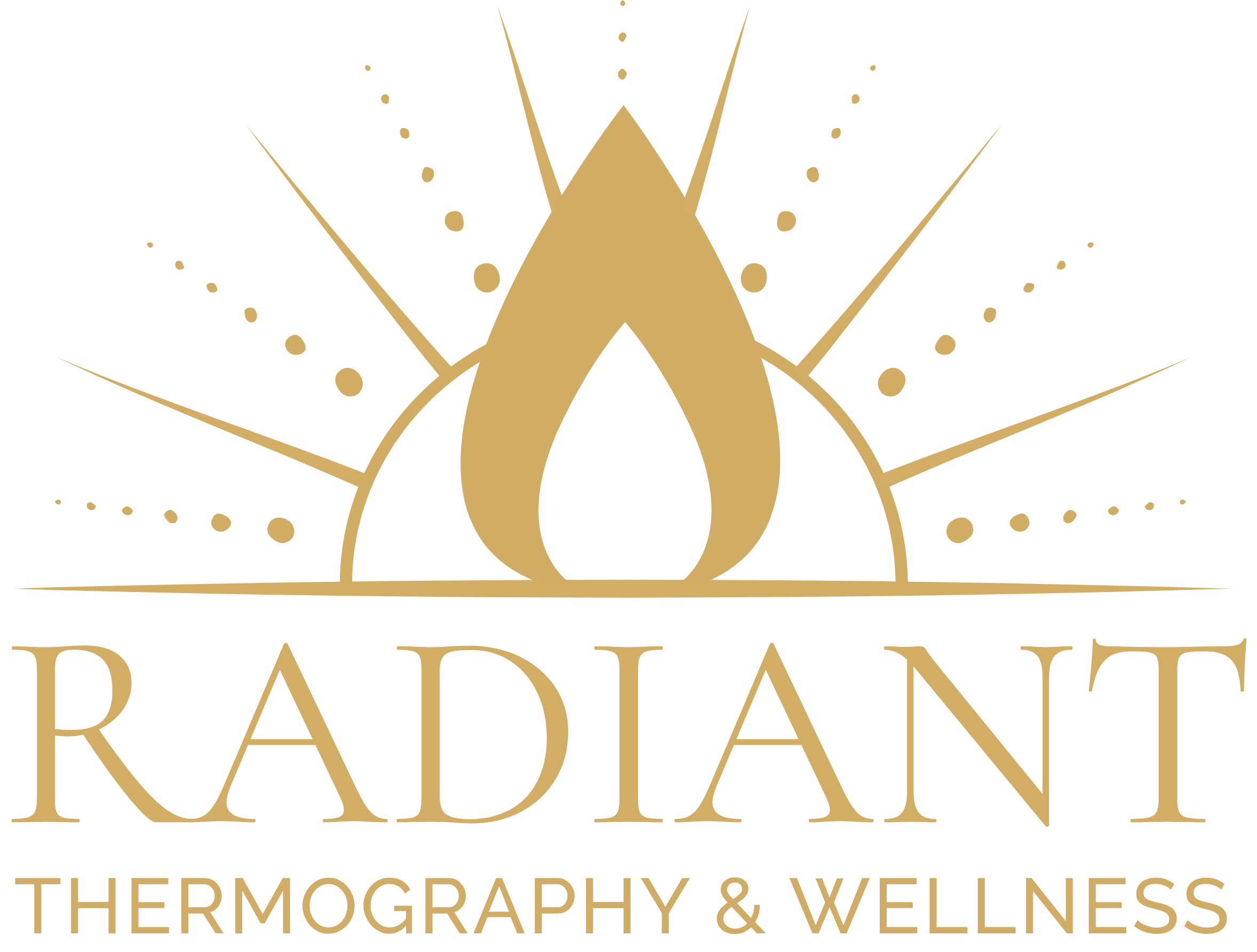By Christina Justice & JP Saleeby, MD
One in eight women in the United States will develop invasive breast cancer in their lifetime according to the breastcancer.org web site. Due to these high rates of cancer, the majority of women are recommended to get their first mammogram between the ages of 40 and 50, depending on their risk status. This is the recommendation of conventional western medicine associations and colleges such as the American Cancer Society, the colleges of OB/GYN and Oncology. However, even among these highly regarded societies there is really no consensus on when to start screening and how often. There are also issues with regard to radiation exposure and breast compression (trauma) that can actually increase cancer risk. More on this and alternatives and screening at the bottom of this article. Risk factors for breast cancer include family history, genetics, past screenings, medical history, weight, race, age, smoking and drinking behaviors, and many other variables. Screening for breast cancer has become a normalized part of aging for women to ensure the cancer can be caught early enough for successful treatment. Mammograms have been the main screening tool used to identify masses in breast tissue in conventional medicine and have been considered “standard of care’’, however, thermography has been used over the past 20 years or longer as an adjoining exam to fortify and expand on results.
A mammogram is an exam that looks for abnormal changes in breast tissue that could indicate breast cancer. Mammograms don’t diagnose breast cancer, but do make clinicians aware of a problem that needs further investigation such as manual examination, ultrasound, MRI, breast biopsy, etc. Mammograms first flatten a person’s breast, and then use a low dose of an ionizing (x-ray) radiation to detect abnormal tissues. A mammogram does not detect breast cancer, but changes in the breast tissue that could indicate breast cancer. The main benefit of mammograms is the ability for medical professionals to catch aggressive breast cancer in the early stages in order for the patient to seek proper treatment. In order to diagnose breast cancer, a biopsy needs to be examined. There is a myth that all breast cancers are aggressive and that seems to be a scare tactic to push for mammography on an annual basis. Fact is that most breast cancers are not aggressive or terminal. Fact is that Lung Cancer kills more women that Breast Cancer. Fact is that more cardiovascular disease kills more women than all cancers combine. Just to put things into perspective but we are not trying to downplay the importance of breast cancer screening here, just wanting to address alternatives that are safer and may also screen for other oncological issues.
In current research, there is a push to get away from traditional mammograms to detect breast cancer for people with average risk. Some people believe there are too many false positives, as well as patients seeking treatment when it is not medically necessary. The argument here mainly states that many of the masses detected would have never developed into life threatening cancer, and are just a normal part of a breast’s life. On the other side of this argument, researchers show that mammograms still detect breast cancer and decrease these rates of death with aggressive tumors nationwide. It is important to talk with your physician about what screening and treatment plans are best for you.
In recent times there are more people advocating for other forms of testing for breast cancers such as thermography. Thermography is approved by the FDA (Food and Drug Administration), but only as an accompanying test with a mammogram or ultrasound. Thermography looks for a difference in temperatures within the breast tissue in order to determine if there are any tumors or growths present. According to breastthermography.com, thermography is 10% more sensitive to changes in breast tissue than a traditional mammogram. This means thermography only misses 10% of breast cancer, while mammograms miss about 20% of cancers. Hopefully, in the future thermography will be a stand-alone test that is an approved method to detect changes in breast tissue. The advantage to thermography is that it uses no ionizing radiation, no compression or breast trauma, only a heat signature radiating out from a person’s body to the sensitive heat measuring cameras. Other screening tools are self-breast exam, doctor exams, MRI and Ultrasound.
It is important to talk to your physician about what options work best for you. Breast cancer is a unique disease that requires different strategies for different cases and individualization or personalization. A one-size-fits-all approach to breast cancer screening is just not optimal.
Christina Justice is a recent graduate from the University of Georgia with a bachelor’s degree in health promotion.
JP Saleeby, MD is founder and medical director for the Carolina Holistic Medicine centers. Focused on Functional Medicine they provide advanced cardiovascular and cancer screenings to prevent chronic disease. For more visit www.CarolinaHolisticMedicine.com

